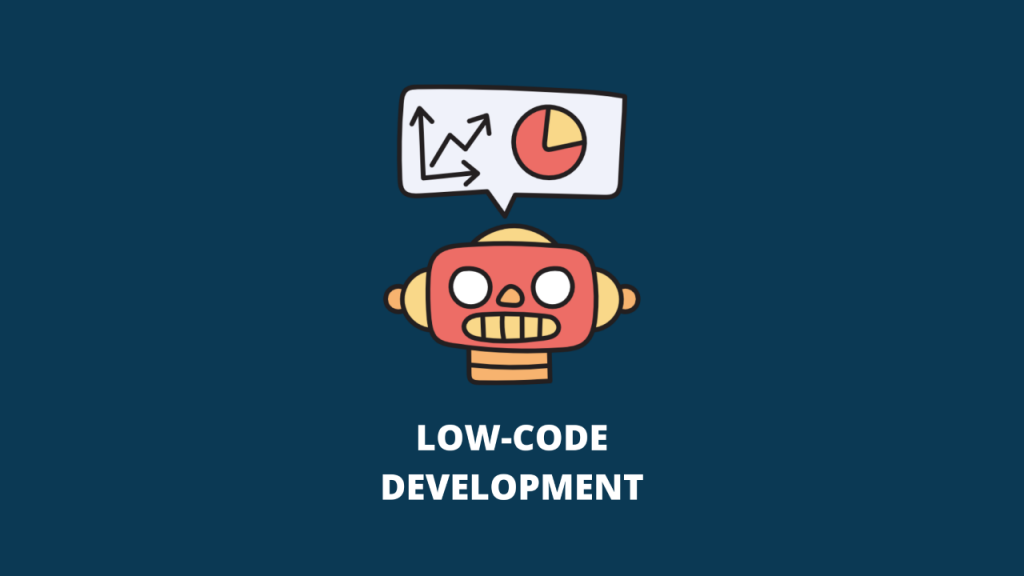The term ‘low-code development’ may be new to us but the concept isn’t. In the last decade, the possibility of building a working enterprise-ready application in merely a few hours has finally come true. Low-code development platforms have always attracted enormous amounts of interest from not just corporates and enterprise professionals but even freelance programmers and non-coders. It’s become a favorite topic for big-name analysts with lots of vendors beginning to offer it. As every emerging company looks for enhanced capabilities and better productivity, customer demands for mobility are lapping up.
To ensure that with the growing demand, rumors and misconceptions do not rise either, let’s help you debunk some myths about low-code platforms and help you understand why they are the game changers today.
Myth 1: Low-Code Platforms are best for small departmental integrations only
Low-code platforms like DEW Studio are currently being used for complex enterprise applications in organizations across the globe. Low-code platforms can be used to build even more complex applications than enterprise-grade systems, however, these platforms require technical skills to do so.
The reason why many organizations did not jump the low-code bandwagon is that it feels basic – it feels like only simple solutions are possible. Once they learned more about it, they realized that these platforms did more than just small stuff. Most applications are now scaled and expanded after starting small. It may start with just the onboarding process of a new employee but it usually expands to take over the entire department and then scale to the others.
Myth 2: Low-code platforms limit custom development
If you have used low-code platforms like DEW Studio, you know how customizable the code can be. Most advanced low-code platforms offer a fair bit of customization without the involvement of complicated tools or extensive coding.
Since the motive of low-code platforms is to achieve a lot without code (or with as little code as possible), lack of customization is among the most common myths about low-code no-code
platforms today. Software engineers are free to expand the functionality of a low-code platform as the need arises. As for no-code platforms, the advanced ones in the market today provide a lot of flexibility to take care of this. So, even though it was a concern with traditional no-code platforms, today’s advanced options are rising to the occasion quite wonderfully.
Myth 3: Low-code platforms are a threat to developers
Full disclosure – if low-codes are anything to the developer community, it’s a gift. Low-code platforms do employ visual modeling tools translating the underlying code. However, low-code developers do not limit themselves to the tools available. It requires coding to customize the application to business needs or while building complicated apps.
Low-code platforms “enables rapid delivery of business applications with a minimum of hand-coding and minimal upfront investment in setup, training, and deployment.” (Forrester)
It not only removes complications while developing modernized apps, but low-code platforms also assist the business to acquire agility and grow radically. Low-code platforms offer the right digital transformation for ever-changing market conditions.
Myth 4: Low-code platforms hamper collaboration
The truth is, low-code platforms such as DEW Studio enables even better collaboration than traditional development.
If you have been reading all the myths and realities, you will have already noted that collaboration is an integral part of low-code platforms. Traditionally, developers work alone to write multiple lines of code. They all have a say! In fact, we have seen many cases in which the entire organization has contributed.
We hope these mythbusters clarified your doubts as well. Want to know how your enterprise can begin its hyper-automation journey with low-code solutions? Schedule a demo call today with our executives.



